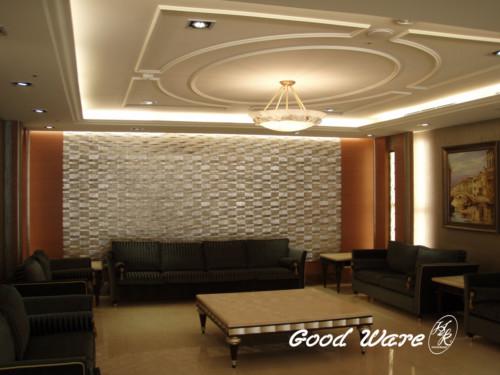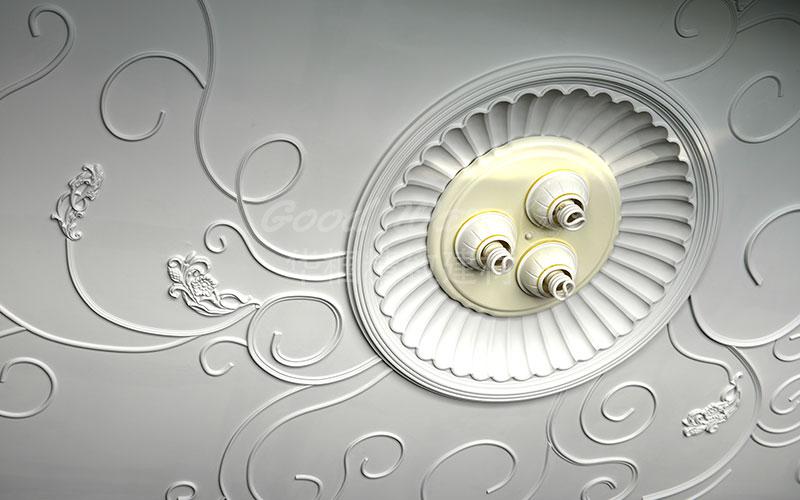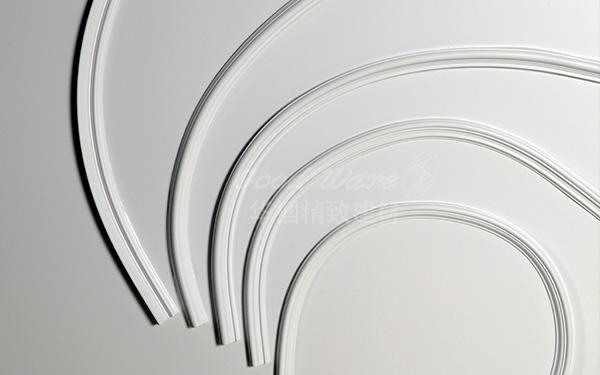If we want to know Roman Column form, we need to know the details and types of Roman pillars.
The types of Roman Columns form
When it comes to Roman Columns, the Parthenon Temple might be the first thought of most people.

Or the Colosseum
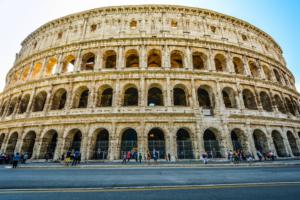
The Tower of Pisa
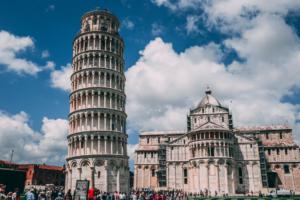
1.The origin of Roman Column form
The oldest of the three structures is the Parthenon Temple, which was built in ancient Greece. It has been here more than 2400 years. And the modern Roman Columns came from ancient Greece.
In ancient Greece around the 6th century BC, the building components such as plinth, column body, column head and lintel structure had a fixed size proportion, and the column head decoration had a certain paradigm. Moreover, its combination had a stable pattern. Later Romans called this particular set of paradigms associated with columns in ancient Greece “the Roman Column form.”
2.The column form in ancient Greece
The Roman Column form in ancient Greece can be divided into three categories of Dorique, Ionique and Corinth.
The Dorique’s column head without much embellishmen is the most concise.
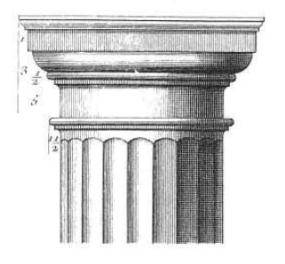
The Ionique’s column head has a distinct spiral design.
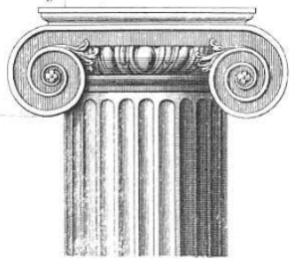
The Corinth’s column head is most intricate, which is adorned with the texture of acanthus and a spiral pattern that looks like leaf rolling at the top.

3.The Roman Column form in Roman
The ancient Rome inherited the three styles of ancient Greece, and created two new styles of Toscan and conbination form.
The Toscan’s column head is more concise than the Dorique, which removed the stripes of the column.
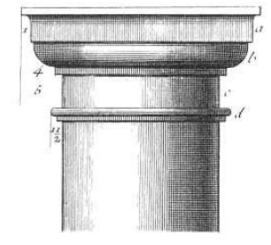
The combination form is actually a combination of the below part of Corinth style with texture of acanthus and the Ionique style’ spiral design pattern.

4.The proportion of Roman Column form
The three types of columns of ancient Greece plus the two types of columns of ancient Rome are generally believed to have five types of Roman Column form.
- Dorique
- Ionique
- Corinth
- Toscan
- combination form
The following figure shows the proportion of each of the five column styles, including the column base, column body, column head, lintel structure, and lintel.
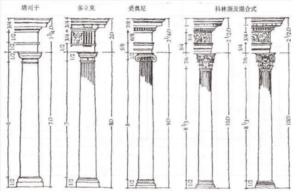
After reading these above, do you have a new understanding of Roman pillars? If you want to know more information or products,please click here.

